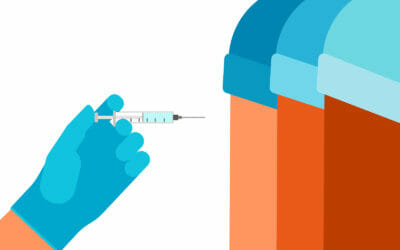
Want to avoid illness and getting sick this winter? An important part of keeping illness at bay lies in your own hands.
Yes. That means paying more attention to how you wash them. Experts say thoroughly washing your hands is one of the best steps to follow if you don’t want to get sick this winter and don’t want to spread nasty germs to others.
Dirt, of course, is an obvious indicator that your hands need to be washed. It is the unseen bacteria and microbes that you need to banish from your hands that will help stem the spread of illness.
The best ingredients for washing hands your hands are soap, and clean running water.
If those are not available, an alcohol-based hand sanitizer that contains at least 60% alcohol is your next best alternative for cleaning your hands.
When to wash?
There are numerous occasions throughout the day when washing your hands is a good idea. These include:
- Before, during and after preparing food
- Before eating food
- Before and after caring for someone who is ill
- Before and after treating a cut or wound
- After using the toilet
- After blowing your nose, coughing or sneezing
- After changing a diaper or cleaning a child who has used the toilet
- After petting or touching an animal
- After handling pet or animal waste
- After touching garbage
How to wash your hands
Experts have come up with some easy advice on how to do it better.
- Lather the soap and water in your hands. If you’re using liquid soap, you only need a blob about the size of a dime. Be sure to cover the backs of your hands, between your fingers and underneath your nails.
- Scrub your hands for at least 20 to 30 seconds. That’s about how long it takes to sing the “Happy Birthday” song twice through from beginning to end. And, hey, it may help you remember a loved one’s birthday you were nearly about to forget.
- Rinse your hand thoroughly using clean, running water
- Dry your hands using a clean, dry towel or an air dryer
To understand the importance of cleaning not only your hands, but your kids’ hands, the Centers for Disease Control and Prevention offers statistics about how diseases are spread by lack of hand hygiene throughout the world at CDC.gov.



